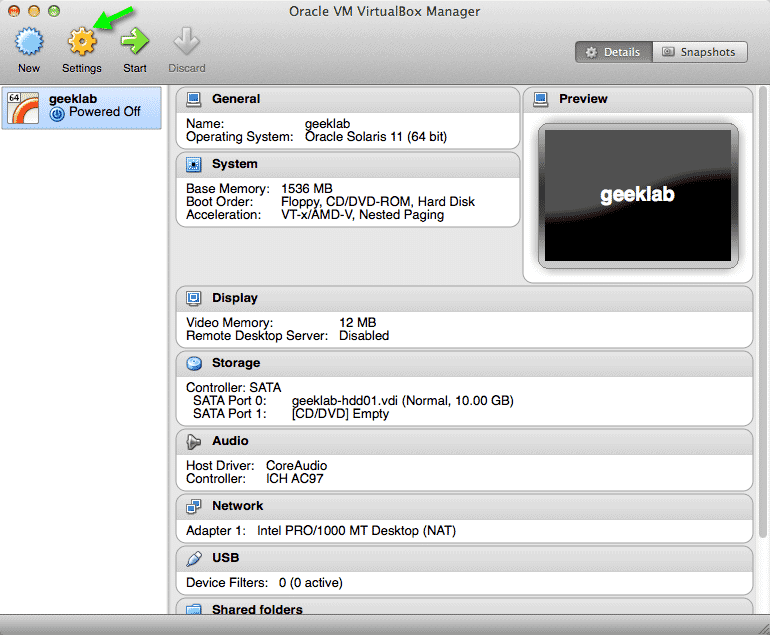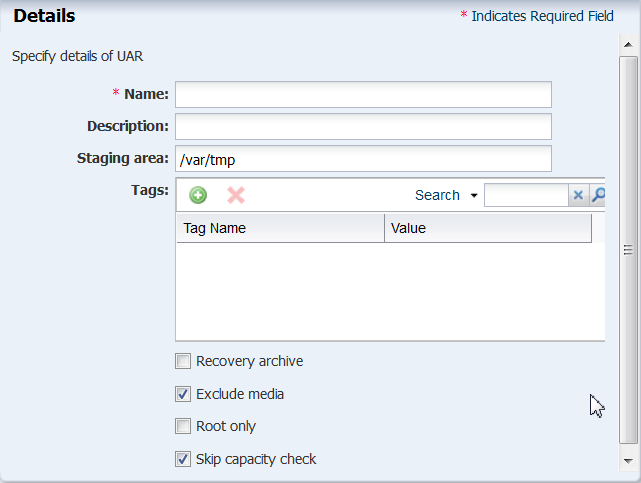Sun Solaris 10 Download X86 Dvd Iso Creator
If you have Dell or HP servers, you can download the ISO for Solaris x86. It runs very well on these machines and supports almost all available hardware. Oracle does not support 32-bit OS so they no longer make the distinction between x86 and x64. The x86 image is the 64-bit OS. Solaris 10 and 11 are very different. Revision Date: 10/5/06. Systems Administration Group. Partners Doc No: LAM100.1. Creating A Custom DVD. For The Sun SPARC OS. Project Functional Specification. Creating Boot DVD's for Solaris 8, 9, and 10. Partners Data Systems Ref: LAM100.2.
What is Jumpstart ? Jumpstart is a computer network installation tool set used by the Solaris OS. On this post, you will find easy step to perform Jumpstart installation from ISO Solaris OS images.
here are the step-by-step:
- first of all, you need to upload Solaris ISO image to server that will used as Jumpstart server. In this example, my ISO images is “sol-10-u8-ga-sparc-dvd.iso” and I uploaded already to root home directory (/).
- Add your client IP address & hostname to “/etc/hosts”, also the hostname and mac address to “/etc/ethers”.
if your client is Sparc, then you can find the mac address by running “banner” command from OK prompt. For x86, the mac address can be found on BIOS.
# more /etc/hosts
::1 localhost
127.0.0.1 localhost
10.32.16.1 solaris10 solaris10. loghost
192.168.1.2 client1
192.168.1.3 client2
192.168.1.4 client3
# more /etc/ethers
0:0:be:a5:1a:9e client1
0:0:be:a5:1a:9f client2
0:0:be:a5:1a:a0 client3
- mount ISO images using “lofiadm” command to “/mnt” directory:
# lofiadm -a /sol-10-u8-ga-sparc-dvd.iso /dev/lofi/1
# lofiadm
Block Device File
/dev/lofi/1 /sol-10-u8-ga-sparc-dvd.iso
# mount -F hsfs -o ro /dev/lofi/1 /mnt
- Check the “/mnt” directory, the jumpstart scripts are located at “/Solaris_10/Tools/” directory:

# cd /mnt/Solaris_10/Tools/
# ls
add_install_client dial rm_install_client
Boot Installers setup_install_server
- If you don’t hv enough disk space, then you can run “add_install_client” script directly:
the format is “add_install_client <hostname> <platform>”
#./add_install_client client1 sun4u
saving original /etc/dfs/dfstab in /etc/dfs/dfstab.orig
Adding “share -F nfs -o ro,anon=0 /mnt” to /etc/dfs/dfstab
making /tftpboot
enabling tftp in /etc/inetd.conf
starting rarpd
starting bootparamd
starting nfsd’s
starting nfs mountd
updating /etc/bootparams
copying boot file to /tftpboot/inetboot.SUN4U.Solaris_10-1
#
NOTE: If you want to copy all or part of the install DVD onto a system to set it up as a long term install server with the install media available on local disk, then you can run “setup_install_server” script.
FORMAT: setup_install_server <destination_dir>.
- Check “/etc/bootparams”. The bootparams file contains a list of client entries that diskless clients use for booting. Make sure your client listed in there..
- Configure Client to boot from Network. for Sparc, run “boot net – install” from OK Prompt. For X86 configure BIOS to boot from Network.
- Follow the installation procedure till finish..
NOTE For X86/i386pc:
- You need to configure DHCP macro on Jumpstart server, run “/usr/sadm/admin/bin/dhcpmgr” from X Windows / GUI, then click EDIT > NETWORK WIZARD.
- put “i386pc” as your platform while running add_install_client , exp:
./add_install_client -d -e 0:0:be:a5:1a:9e -s 192.168.1.1:/mnt i86pc
I'm trying to install Solaris 10to a computer without an optical CD/DVD/Blu-ray drive.
Download Solaris 10 Iso Image
Here is what I have now:
- Solaris 10 ISO got from the sun site (grub installed).
- A running ArchLinux x86_64 installation.
- A running Windows 7 x86 installation with Cygwin (Though I guess it may be not that useful?)
And here is what I have tried but failed:
- unetbootin (a tool that write Linux ISO’s to a USB flash drive, Solaris is not on its support list). After boot from the USB drive, I got some “corrupted kernel” error from the GRUB.
- Manually extract files from ISO to vfat-formatted USB flash disk, and try to install GRUB (0.97) on it under Linux. But GRUB says some “bad stage1/stage2” stuff.
Did someone succeed such thing? I mean, write the content of ISO to USB disk, and install Solaris using it.
Hints/tips/advices are also welcome.
JakeGouldSolaris Os Iso

3 Answers
After having a lot of failures with unetbootin (I haven't the foggiest why people still recommend it), I found that with some work you can actually does this pretty easily.
You'll need a program capable of exactly copying a partition or drive, bit for bit, including the Master Boot Record. Some are included with Windows that supposedly work, I use a complicated VMWare method, and there are plenty of others (free and not) available. Just Google 'disk drive cloners' (sorry, I don't have any recommendations).
You'll also need a program capable of mounting an ISO as a disc drive. Daemon Tools Lite (an early version without ads) works perfectly.
All you need to do is mount the disc image as a drive and clone that drive/partition to your flash drive. Works perfectly most of the time and is lightning fast (not as fast as unetbootin, but then again, it works).
I've tested the method on Windows, DOS, Ubuntu, Puppy Linux, GPartEd and CloneZilla, and Mac OS X. Worked great on all of them. As long as your system can boot from USB, it should work. There may be issues if it isn't capable of reading a CD filesystem in the BIOS, but if the BIOS can boot from CD and USB (but no CD hardware exists), you should still be fine.
However, you may want to check and make sure your Solaris image is valid. A corrupt kernel error is often the result of a bad disc image. It's not a big deal on flash drives you can re-write, but if nothing works and you keep getting the error, double-check the image.
I would say that this would work, I have seen it work on a couple of Linux distros. Here are Linux Instructions (not sure for what distro exactly, I dont do much with Linux), and here are Windows Instructions.
They seem to be simple generic ISO to Flash Drive programs, so its basically the same as writing it to a CD. Cant say I've ever tried it with Solaris though.
JakeGouldRufus to make bootable USB's from ISO's. I think it was written by someone just as frustrated with ISO=->USB creation as you are at the moment.
In my own experiencs when UNETBOOTIN failed, it was always Rufus that worked and became my sole bootable ISO --> USB maker.
It's fast, it formats the USB drive for you and it has superb boot loader detection and also self updates itself or just versions of Syslinux if it detects a possible incompatibility.
protected by JakeGouldDec 5 '17 at 0:26
Thank you for your interest in this question. Because it has attracted low-quality or spam answers that had to be removed, posting an answer now requires 10 reputation on this site (the association bonus does not count).
Would you like to answer one of these unanswered questions instead?